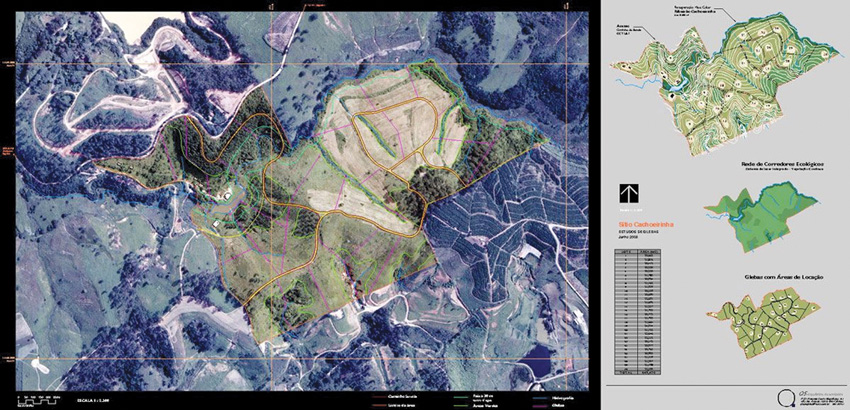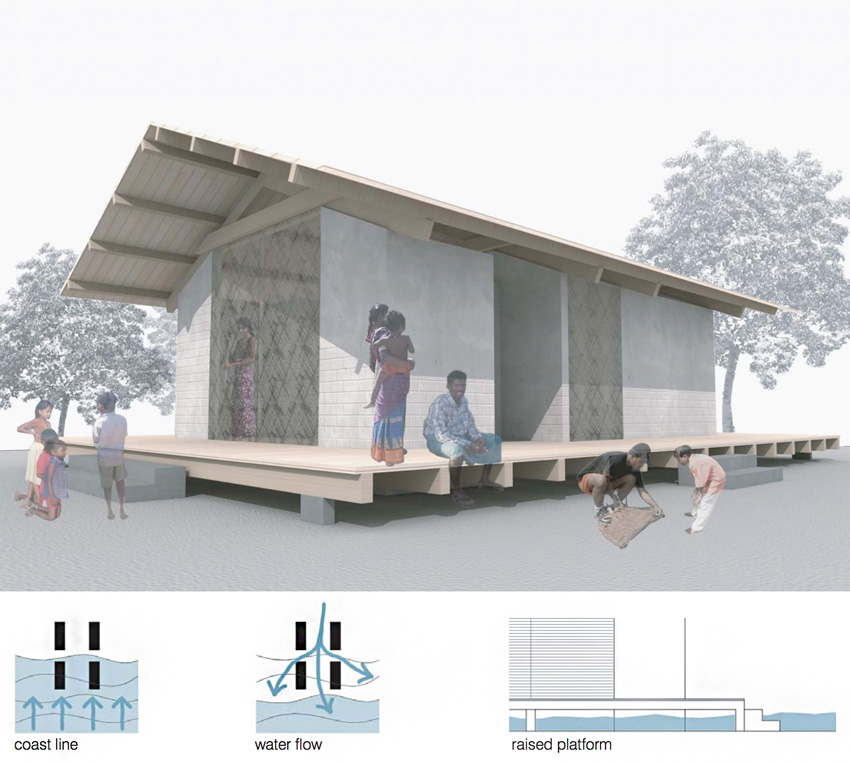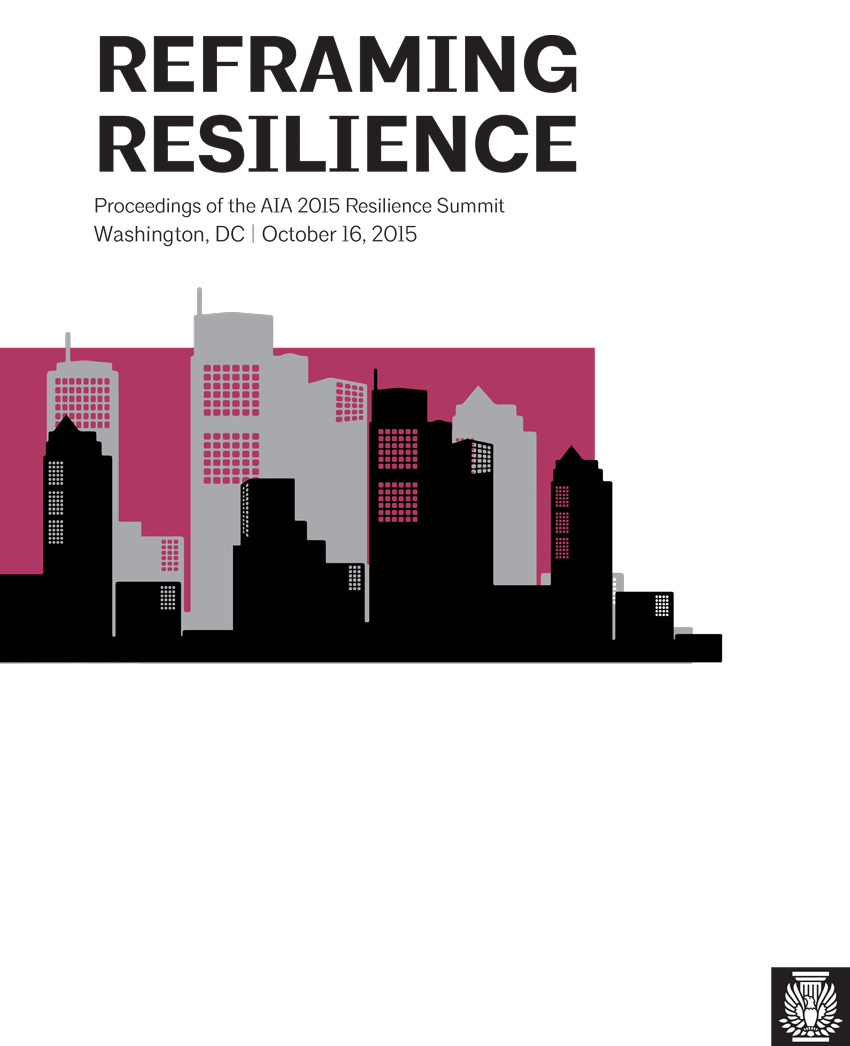Resilient Building Design
Designing for Resilience
In the context of purpose-driven design, the notion of resiliency takes on a broader meaning. It isn’t just about making stronger buildings that can withstand severe weather or natural disasters; it is about the ability of the people to not merely survive, but to thrive where they are located. True resilient design for buildings and communities focuses on the anticipation of extraordinary conditions that can create extraordinary human needs. This has been played out in far too many news reports in recent years, where a disastrous event has quickly taken its toll on buildings and infrastructure, but the impact on the people has lasted for months or, more typically, for years as cleanup, recovery, and rebuilding take place. The consequences for non-resilient design is often reported in terms of the millions or billions of dollars of damage. But the real consequence is the loss and disruption in people’s lives, sometimes causing a mass exodus out of a region as seen following hurricane Katrina or as currently being played out in refugees fleeing Africa and the Middle East.
The means to protect people, minimize disruption, and maintain long-term viability comes down to design. Each community is unique in its challenges and needs; therefore, the design response needs to be uniquely tailored to each community. Nonetheless, most of the common critical design conditions that need to be accounted for are becoming readily known such that specific design criteria for resiliency are emerging. The process includes identifying the potential of hazards from severe weather events and natural disasters, determining the relative risk and vulnerability of buildings or a community to those events, and establishing appropriate design criteria in response. For example, the wind and rain resistance of roofing, windows, and other building envelope systems may need to be increased for new and existing buildings prone to such weather events.
There are also long-term issues that need to be addressed, such as changing climatic cycles that are causing droughts in many areas. An appropriate design response here may be to incorporate water storage or water use reduction strategies in buildings or entire communities, but it may also include increased attention to fire resistance in areas that are experiencing more dramatic wildfires due to drought. Further, most buildings are served by some form of public utilities, such as drinking water, sewer, electricity, and communications. They are such a routine part of everyday life that it is easy to take them for granted until there is a lapse in that service and normal activities come to a virtual halt. This is not only disruptive from an economic and productivity standpoint, but it can also be life threatening, particularly if it extends for any period of time. Designing the infrastructure to be protected to withstand impacts is one approach to resilient design, but designing buildings to function temporarily without them is another. This isn’t an “either/or” option in most cases, but more likely a “both/and” situation, where infrastructure should be addressed and strengthened and buildings should be designed so they can live without them for an extended time.

Images courtesy of SUEP. and Vectorworks, Inc.
Resilient design involves an understanding of the larger, regional, and community scale environmental issues, as well as the performance of new and existing buildings.
As the amount of attention being paid to resilient design has grown in recent years, a number of organizations are emerging as design resources for people of many disciplines. The not-for-profit Resilient Design Institute (RDI) is one such organization, with a mission to “create solutions that enable buildings and communities to survive and thrive in the face of climate change, natural disasters, and other disruptions.” It not only sees the short-term benefits of overcoming immediate issues, but envisions a longer-term approach to design that can create a more sustainable built environment. The RDI ties resilience to climate change, recognizing the need for adaptation to the wide range of regional and localized impacts that are expected with a warming planet: more intense storms, greater precipitation, coastal and valley flooding, longer and more severe droughts in some areas, wildfires, melting permafrost, warmer temperatures, and power outages.
As a means to provide architects and others with some relevant tools, RDI has developed a list of ten Resilient Design Principles as a basis for planning. These 10 principles recognize the importance of things like scale, redundancy, durability, passive systems, natural resources, and social equity in resilient designs, as well as the limitations that need to assume interruptions will still occur and that total, absolute resilience is not realistically anticipated. They also offer a series of resilient design strategies scaled to the individual building level, the community level, and the regional level of design. Some of the strategies may seem obvious, like anticipating impacts from hazards but actually addressing them in a design is significant. Others are more focused, such as optimizing the use of on-site renewable energy or on-site harvested water. All of these concepts are discussed in more detail at www.resilientdesign.org.
The AIA has also taken on a leadership role on resilient design in several ways. First, the organization has a member-vetted, formal position statement of support that includes the following: “Buildings and communities are subjected to destructive forces from fire, storms, earthquakes, flooding, and even intentional attack. The challenges facing the built environment are evolving with climate change, environmental degradation, and population growth. Architects have a responsibility to design a resilient environment that can more successfully adapt to natural conditions and that can more readily absorb and recover from adverse events. The AIA supports policies, programs, and practices that promote adaptable and resilient buildings and communities.”
To back up this position, the AIA has also put together a set of sustainability initiatives and resources on resilience as part of the government advocacy efforts of the organization, which can be found at www.aia.org/advocacy/AIAB106185. In particular, it sees the role of the architect as valuable within four stages of a disaster cycle. Once a disaster occurs, the first step is the response, where architects can assist with building damage assessments and temporary housing design. During the recovery stage, architects can provide planning and design assistance for repairs, rebuilding, or relocation efforts. Preparedness is the next stage, where architects can help assess vulnerabilities and conduct analyses, training, and education all geared toward helping building owners and communities become prepared in a calmer, non-emergency mode. The final stage is the implementation of mitigation measures for new, renovated, or existing buildings and infrastructure with the intent that when another disaster strikes, the impact on people and property is notably lessened.

© Tsunami Design Initiative, Harvard GSD and SENSEable City Laboratory
Using structural guidelines extracted from the analysis of buildings that survive a tsunami, the Safe(r) House, coordinated by the SENSEable City Laboratory, merges low-tech construction with high-tech BIM design, producing a dwelling that is better prepared to outlast a tsunami.
In the interest of engaging a broad discussion across many stakeholders, the AIA joined with the National Institute of Building Sciences (NIBS) and in 2014 led the effort for more than 30 design and construction organizations representing more than 750,000 professionals to sign the joint “Building Industry Statement on Resilience.” This step affirms that “As the leaders of this industry, we are committed to significantly improving the resilience of our nation’s buildings, infrastructure, public spaces, and communities.” All of the organizations have agreed to work together to promote better education, improved materials and building methods, and cooperation with government agencies at all levels to create “new practices in order to break the cycle of destruction and rebuilding.”
In October 2015, the AIA convened a Resilience Summit inviting some of the best people in the country to participate. (See “Reframing Resilience: Proceedings of the AIA 2015 Resilience Summit” at www.aia.org/aiaucmp/groups/aia/documents/pdf/aiab108004.pdf). Among the outcomes of this event, four themes emerged:
- Industry partnerships are needed to tackle complex design problems at scales of efficiency to achieve greater cost benefits.
- Experienced professionals need to continuously reeducate the profession about disaster prevention and resilience, and provide awareness and hope to the public.
- Existing policies, tools, and programs must be coordinated at the state and federal level to resolve contradictions, identify opportunities and synergies, and fill gaps.
- Greater collaboration across the building industry with the public’s participation is needed to align community performance goals and to determine design thresholds.
All of these are being addressed with new programs and initiatives by the AIA and others all in the interest of achieving greater resiliency in buildings and communities nationwide.

Image courtesy of The American Institute of Architects (AIA)
The AIA Summit on Resilience produced a report that is useful to all architects and other stakeholders involved in resilient communities.









